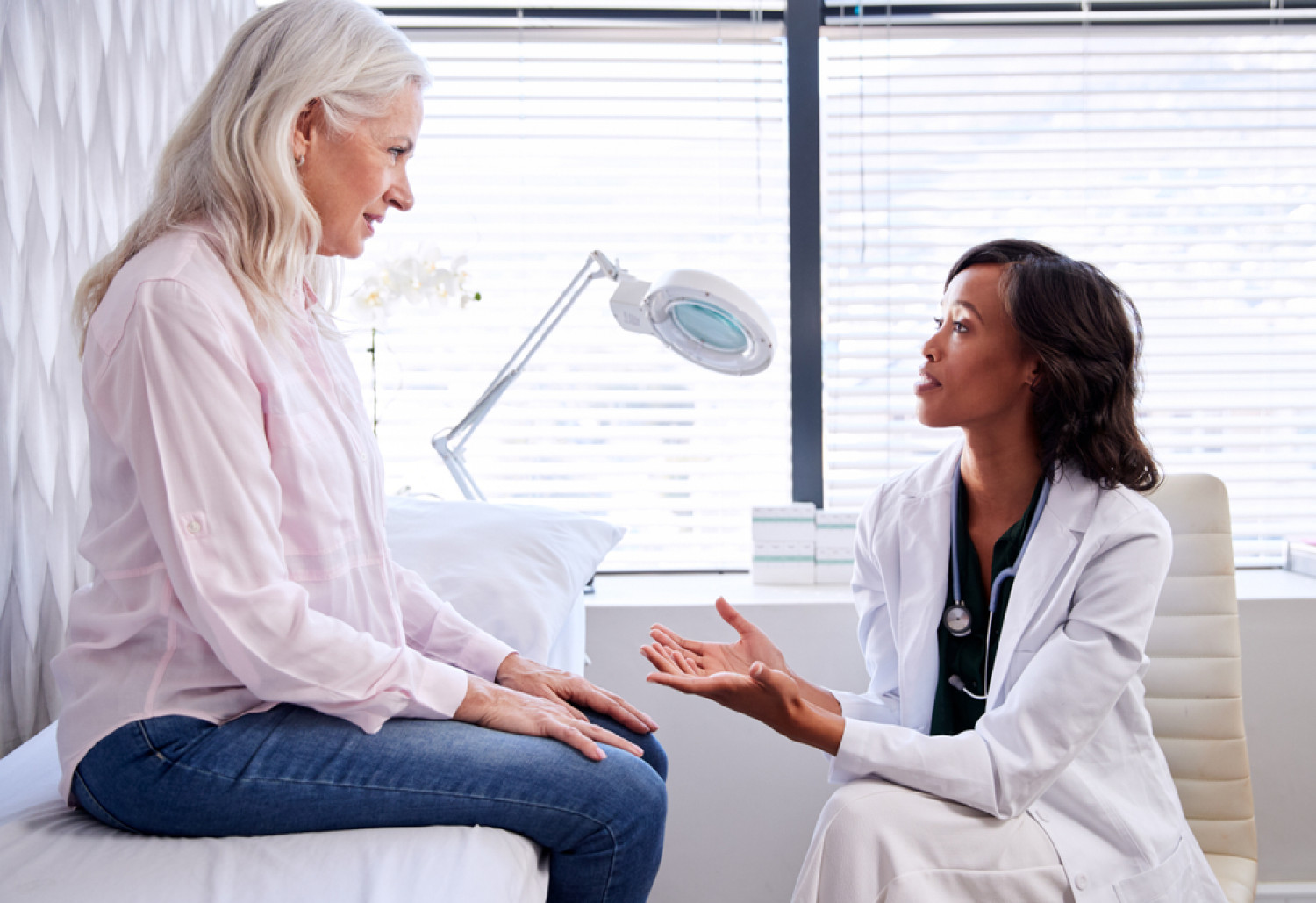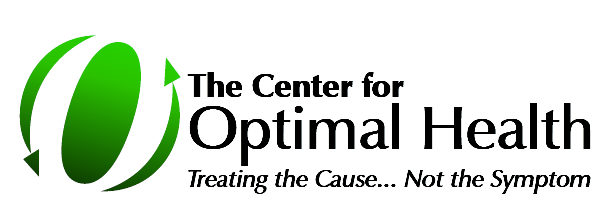

What Studies Show
What Studies Show
Autologous Platelet Gel and Platelet Poor Plasma-Reduce Pain With Total Shoulder Arthroplasty
Zavadil D, et al. JECT 2007:39,177-182
Outcomes:
- Lower pain scores
- Less narcotics use for pain
- Better internal rotation
- Less blood loss
Comparison of surgically repaired Achilles tendon tears using platelet-rich brin matrices.
Sanchez M. et al. Am J Sports Med. 2007 Feb;35(2):245-51
Outcomes:
- Athletes receiving PRP recovered their range of motion earlier (7 vs 11 weeks).
- Those treated with PRP were able to return to their sports activity at an average of 14 weeks compared to an average of 22 weeks without PRP treatment.
Ongoing Positive Effect of Platelet-Rich Plasma Versus Corticosteroid Injection in Lateral Epicondylitis: A Double-Blind Randomized Controlled Trial With 2-year Follow-up
Taco Gosens MD, PhD, Joost C. Peerbooms, MD, Wilbert van Laar and Brenda L. den Oudsten, PhD
Outcomes:
After 24 and 52 weeks the cortisone group did not maintain significantly low pain scores, but the PRP group remained at low in both VAS and DASH pain scores.
